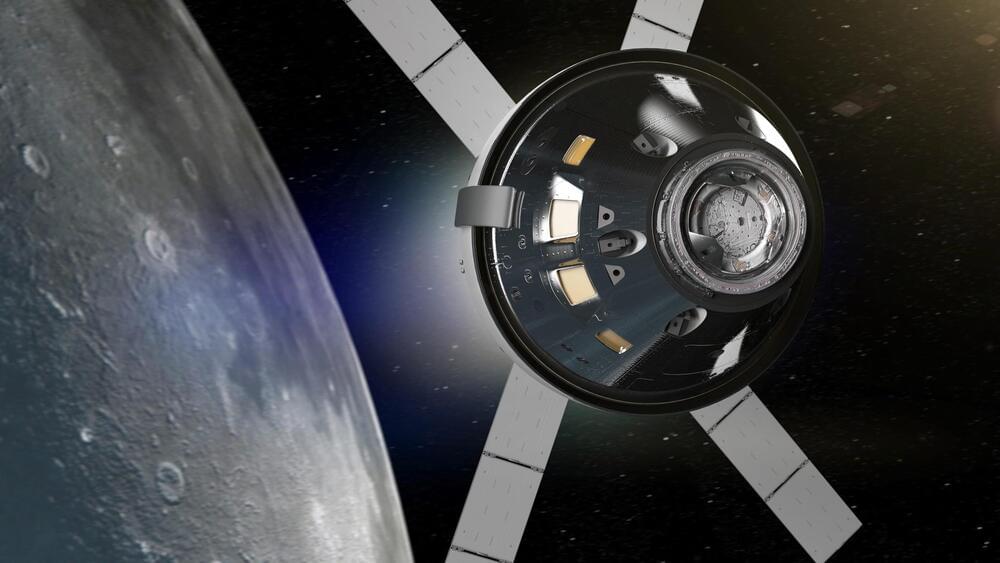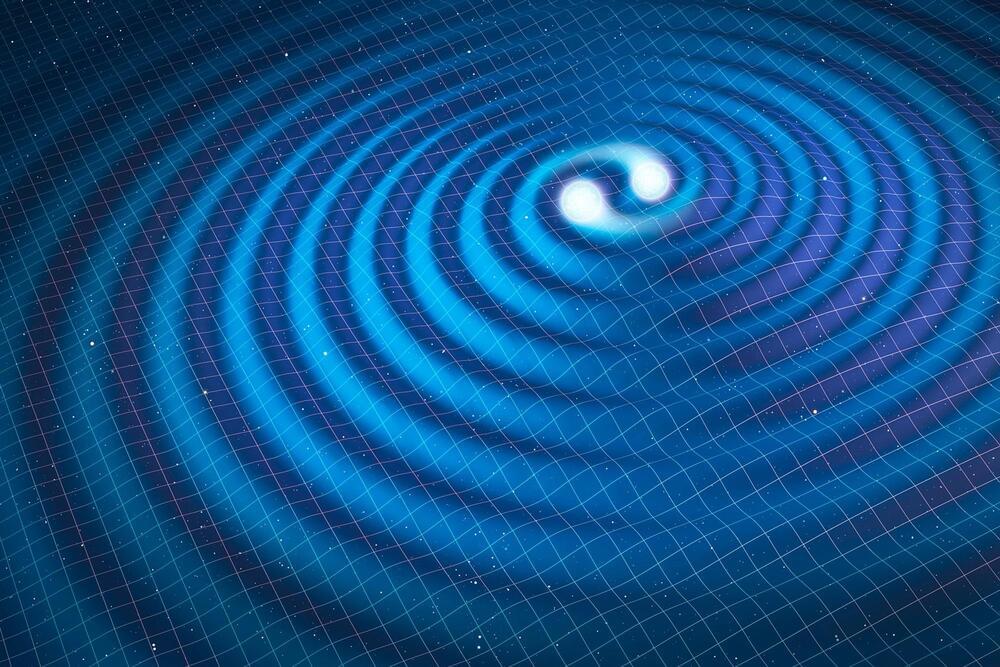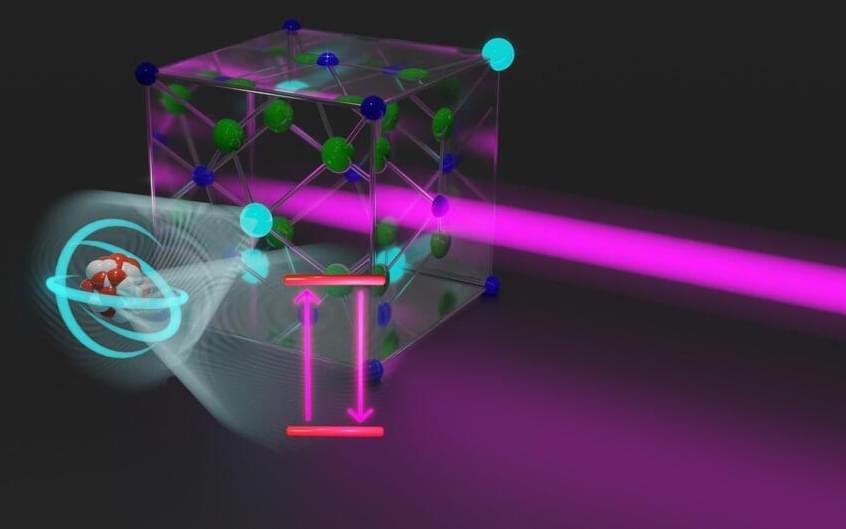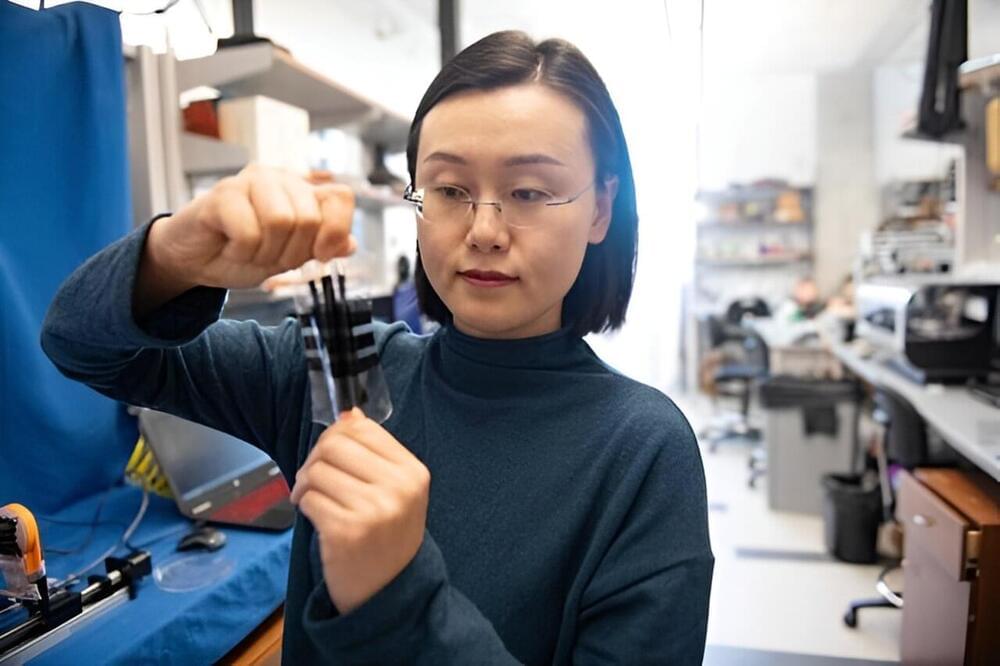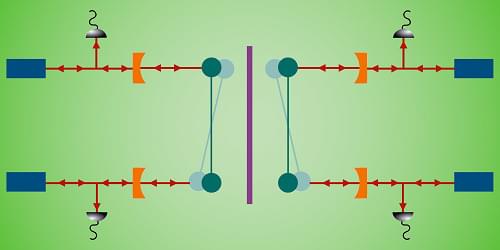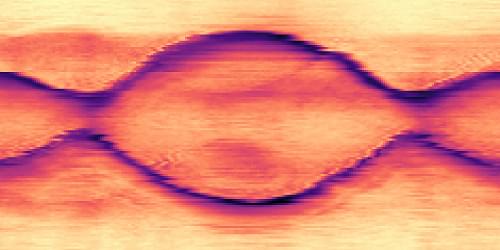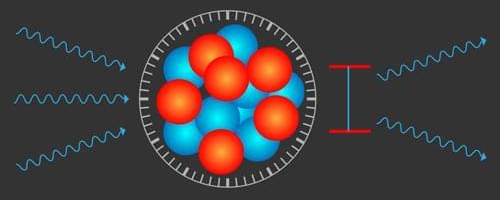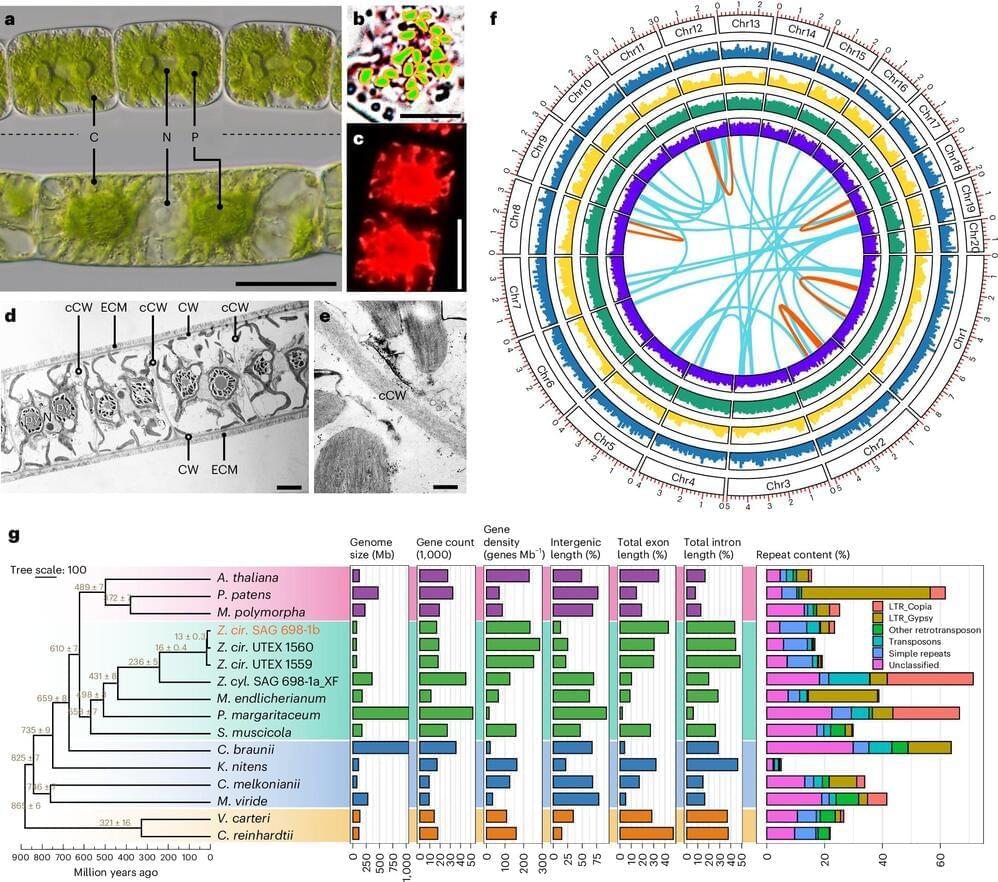May 3, 2024
NASA’s Artemis II Orion Spacecraft Passes the Test: Completes Electromagnetic Testing for Moon Mission
Posted by Saúl Morales Rodriguéz in category: space travel
NASA ’s Artemis II mission’s Orion spacecraft underwent successful electromagnetic testing to confirm its readiness for moon missions.
NASA ’s Artemis II mission’s Orion spacecraft underwent successful electromagnetic testing to confirm its readiness for moon missions. On Friday, April 26, engineers completed a series of electromagnetic tests on the integrated Orion crew and service module for NASA’s Artemis II mission inside the Neil A. Armstrong Operations and Checkout (O&C) Building at the agency’s Kennedy Space Center in Florida.
During testing, engineers subjected the spacecraft to electromagnetic energy using wave guides, amplifiers, and antenna horns while inside an altitude chamber.
